Use of yellow pigments
Artists' Materials
Lead-tin yellow is the only yellow pigment used for the images painted within the historiated initials, where it is also employed for highlights over green leaves and mixed with azurite to provide green.
In the letter shapes of the initials themselves and in the border ornamentation, however, lead-tin yellow is substituted on some folios by a lead oxide or by a yellow dye, which in most cases are also mixed with azurite to provide green. These differences suggest that the letter shapes and borders were completed by assistants, while the main artists painted only the images within the initials and the large figures or heads occasionally found in the borders.
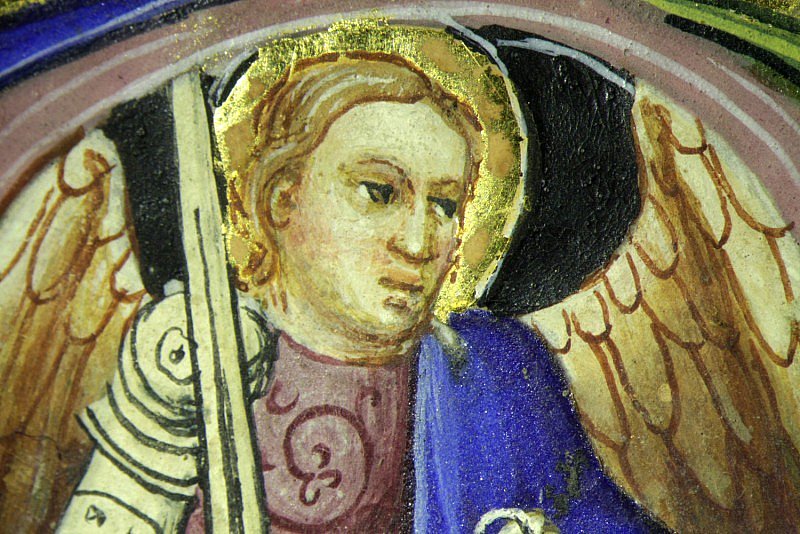
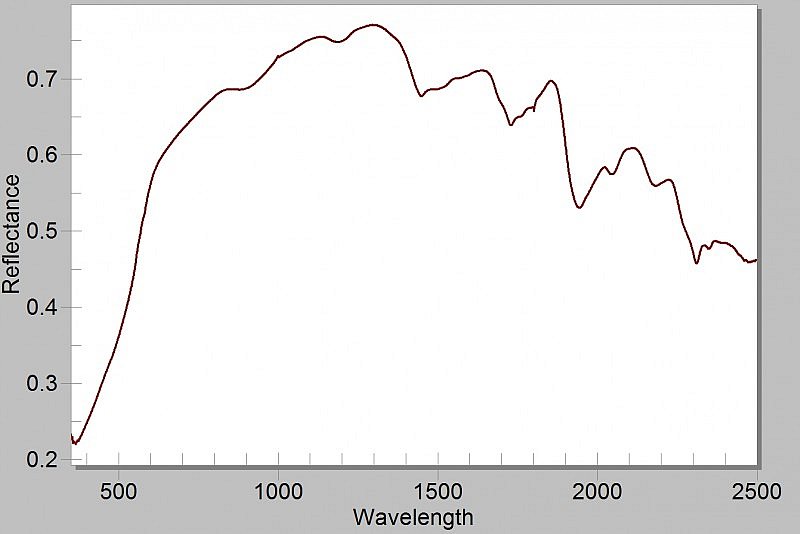
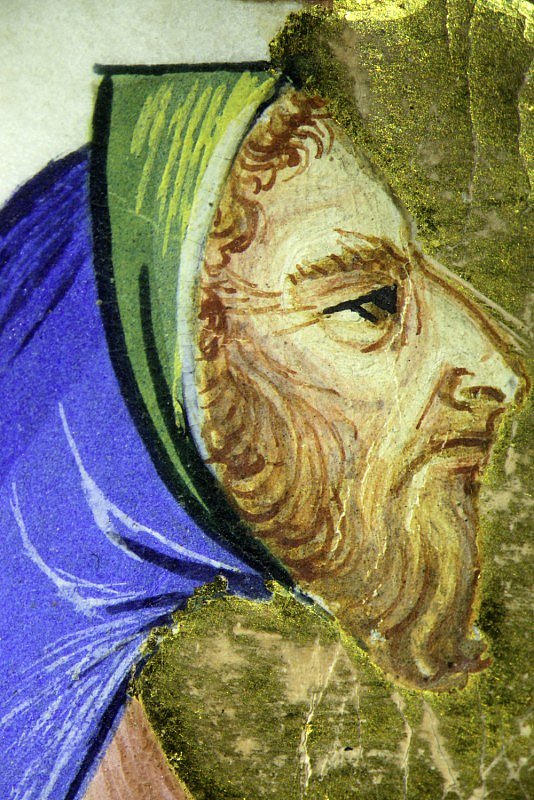
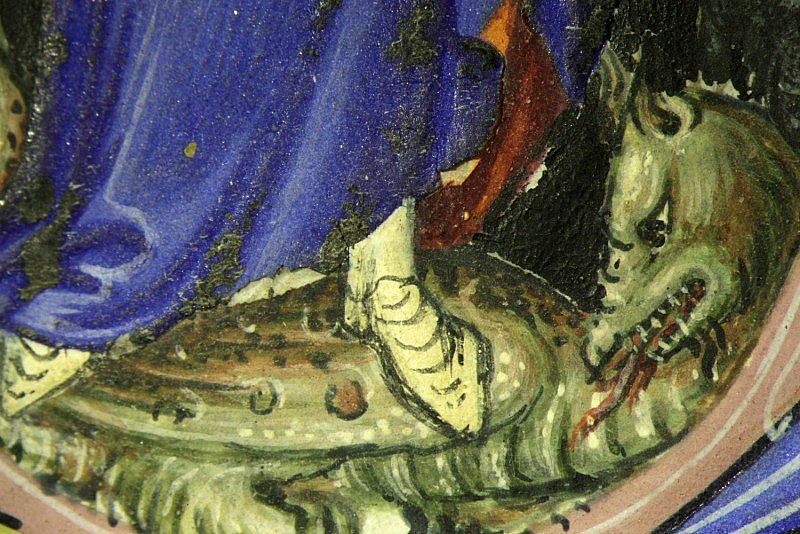
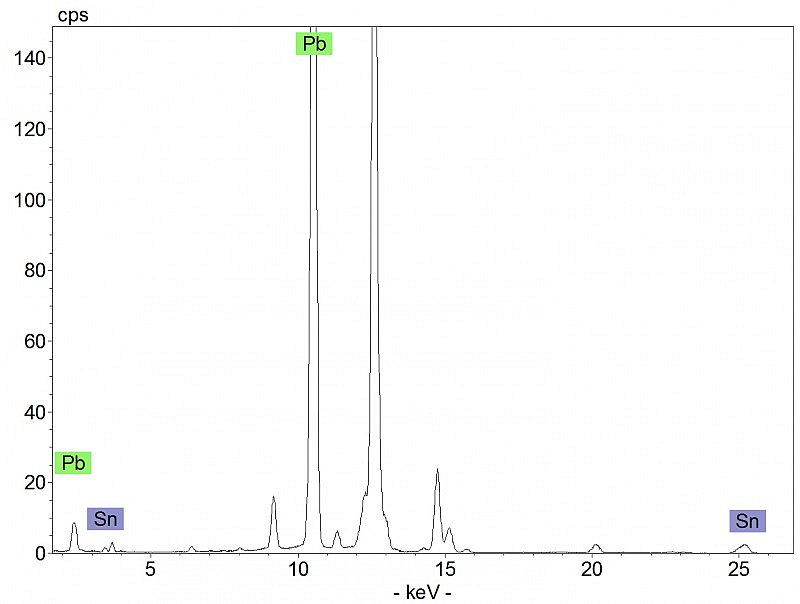
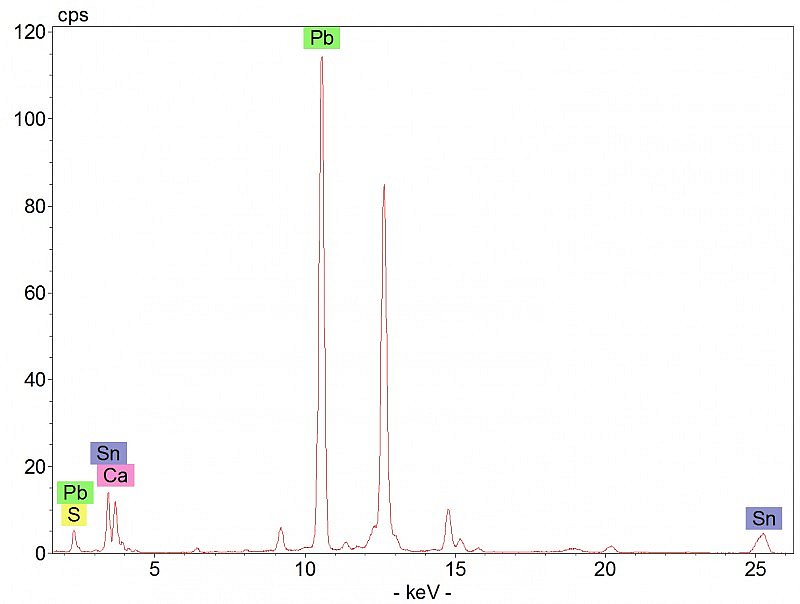
Historiated initial B with St Michael holding the scales of judgement (Mass for St Michael)
The decoration of this folio exemplifies Hand D’s robust facial types and his preference for large heads, instead of full figures, engulfed by or sprouting from the foliage (hotspots 1 and 2).